7 Tips to Know Before Buying Easy House Plants: A Guide to Greenery Success
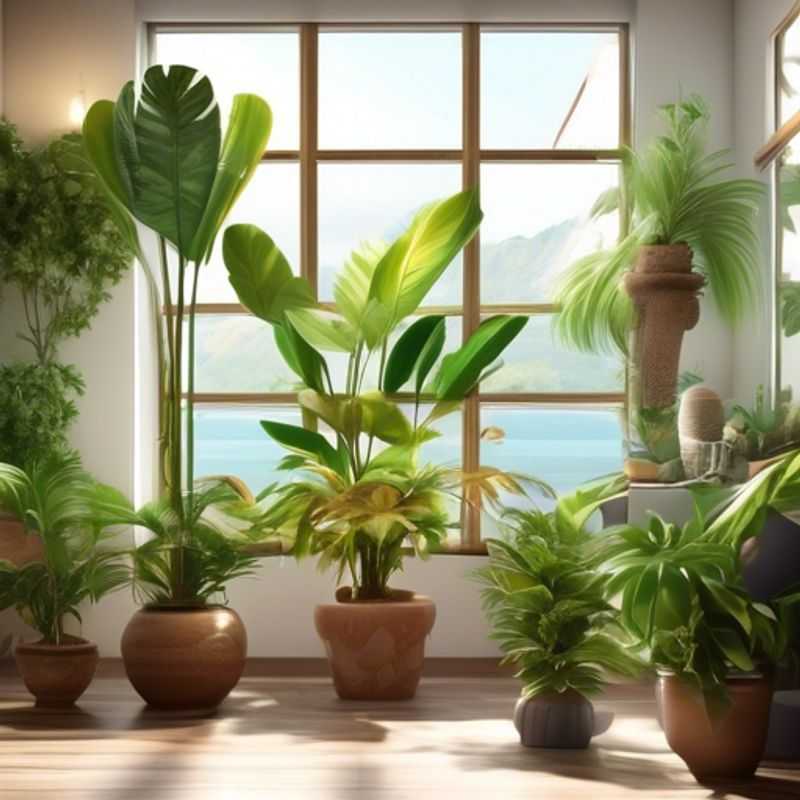
7 Tips for Choosing the Perfect Easy Houseplants: From Sunlight to Supplies
Hey there, plant enthusiasts! Bringing a touch of nature indoors is a fantastic way to brighten up your space and improve your well-being. But before you rush to the plant store, let's make sure you're equipped with the knowledge to choose the right plants for your home. Here are 7 key things to consider before you bring those leafy friends home:
1. Sunlight, Sunlight, Sunlight!
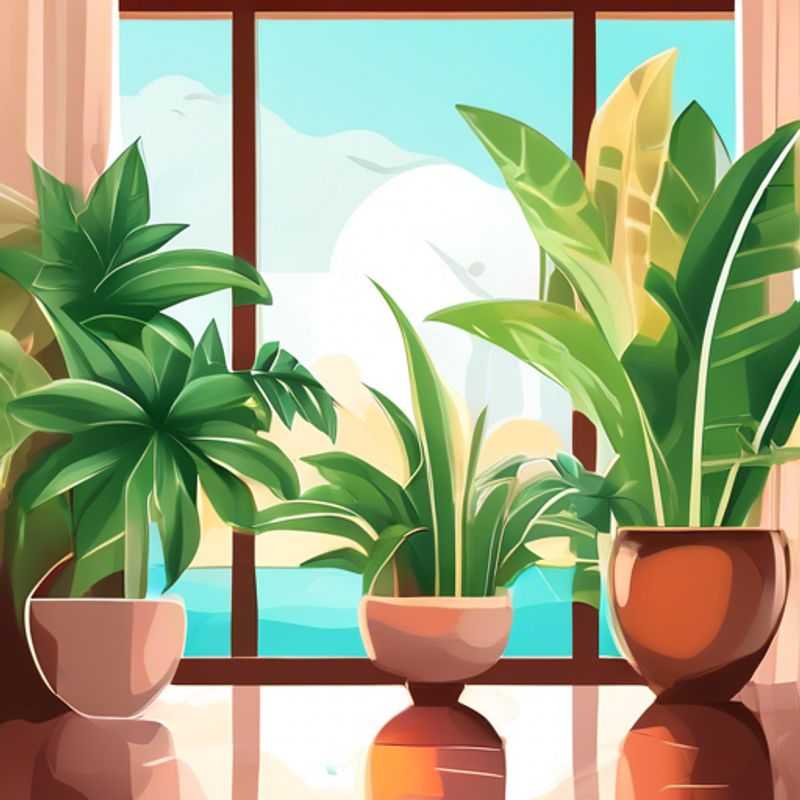
Sunshine Seeker: How to Determine Sunlight Levels for the Perfect Plants
Knowing how much sunlight your home receives is crucial for choosing the right plants. To determine this, you need to observe the light levels throughout the day, especially during peak hours.
Start by identifying the rooms in your home where you want to place plants.
Next, observe the amount of sunlight each room receives at different times of the day.
Think about the direction your windows face. Rooms facing south receive the most sunlight, followed by west, east, and then north.
Consider the amount of direct sunlight. Direct sunlight, like the rays coming through a south-facing window, is intense. If the sunlight comes through trees or other obstructions, it will be more filtered.
Consider the length of time the sun shines. Plants need a certain amount of sunlight daily for optimal growth.
Once you’ve determined the amount of sunlight your home receives, you can use this information to select plants that will thrive in those conditions.
Remember that you can always supplement natural light with artificial light sources if your home doesn’t receive enough sunlight.
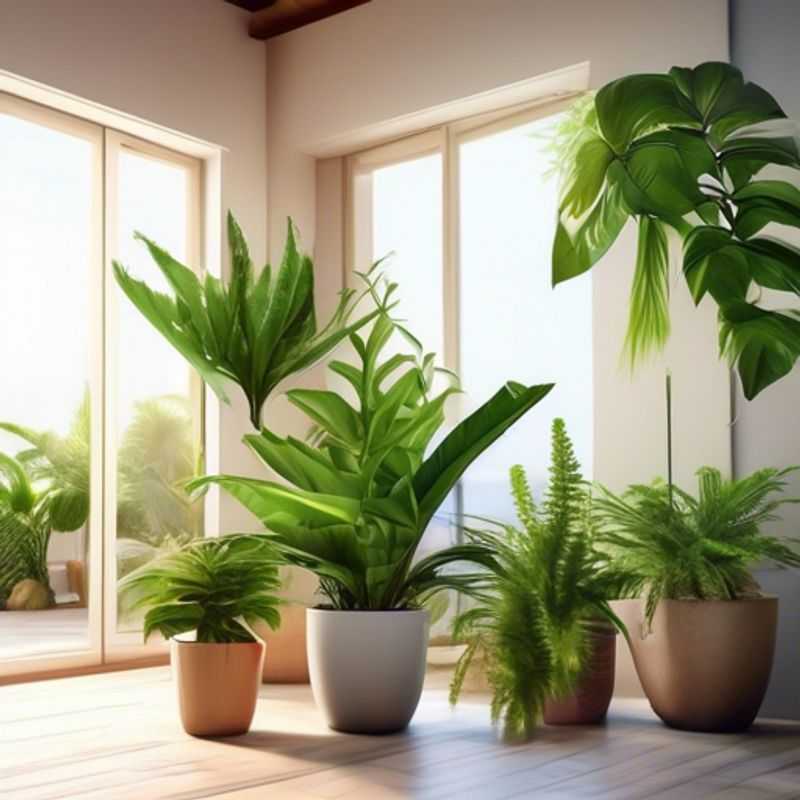
Right Plant, Right Place: Matching Plants to Your Space
When designing your garden, it's essential to consider the size of the space and select plants accordingly. A small space can feel cramped with large, spreading plants, while a vast garden might be overwhelmed by tiny, delicate flowers.
Before planting, measure your garden area and understand the mature size of your chosen plants. This will help you visualize how the space will look in the future. Research the mature height, width, and root system of each plant.
To avoid overcrowding, use a combination of different plant sizes and shapes. Tall plants can create vertical interest, while smaller, spreading plants add ground cover.
Think about the sun exposure in your garden. Some plants thrive in full sun, while others prefer shade. Match the plants to their preferred growing conditions to ensure healthy growth and vibrant blooms.
Planning your garden layout with consideration for plant size and growth habits is a key step for success. It will ensure your plants have adequate space to thrive, and your garden looks its best year after year.
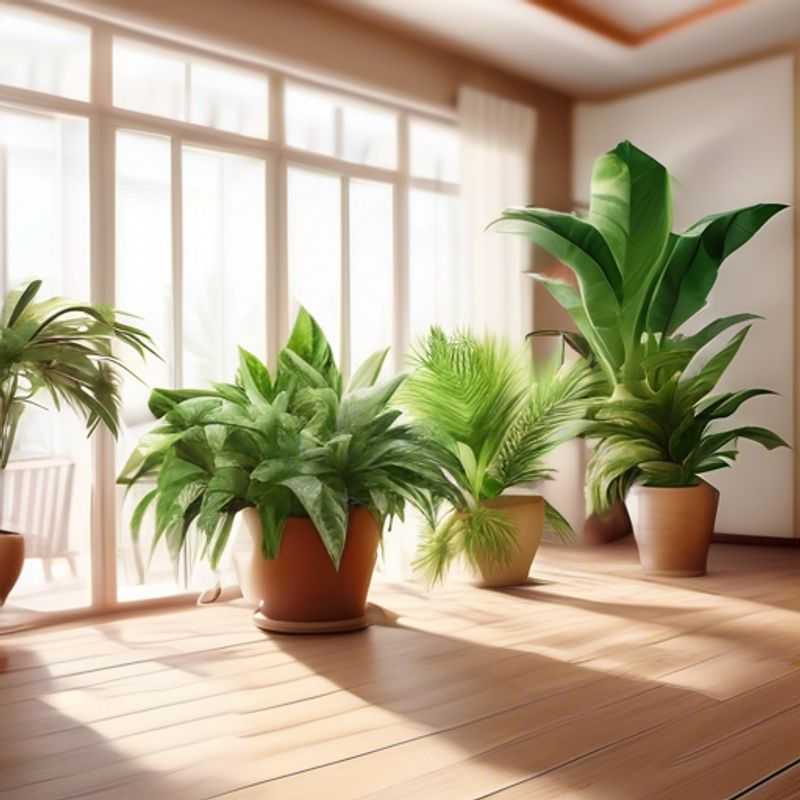
Watering Wisdom: Understanding the Thirst of Different Plants
Understanding the watering needs of different plant varieties is crucial for their health and growth. It's all about finding the right balance – too much water can suffocate roots, while too little can lead to dehydration.
Here's a simplified guide to consider:
Succulents and Cacti: These desert dwellers prefer dry conditions. Water only when the soil is completely dry, usually every 2-3 weeks.
Tropical Plants: These beauties thrive in humidity and require more frequent watering, often every 1-2 days. Check the soil moisture regularly.
Herbs: Most herbs enjoy well-drained soil that dries out slightly between waterings. Aim for watering every 2-3 days.
Flowers: Watering needs vary depending on the specific flower. Generally, aim for consistent moisture, checking the soil regularly and watering when it feels dry to the touch.
Vegetables: Most vegetables require consistent moisture, especially during their growth phase. Water deeply and regularly, aiming to keep the soil consistently moist.
Remember, these are just general guidelines. Always research specific plant varieties for their individual watering needs and adjust accordingly based on your climate, pot size, and season. Enjoy your green thumb!
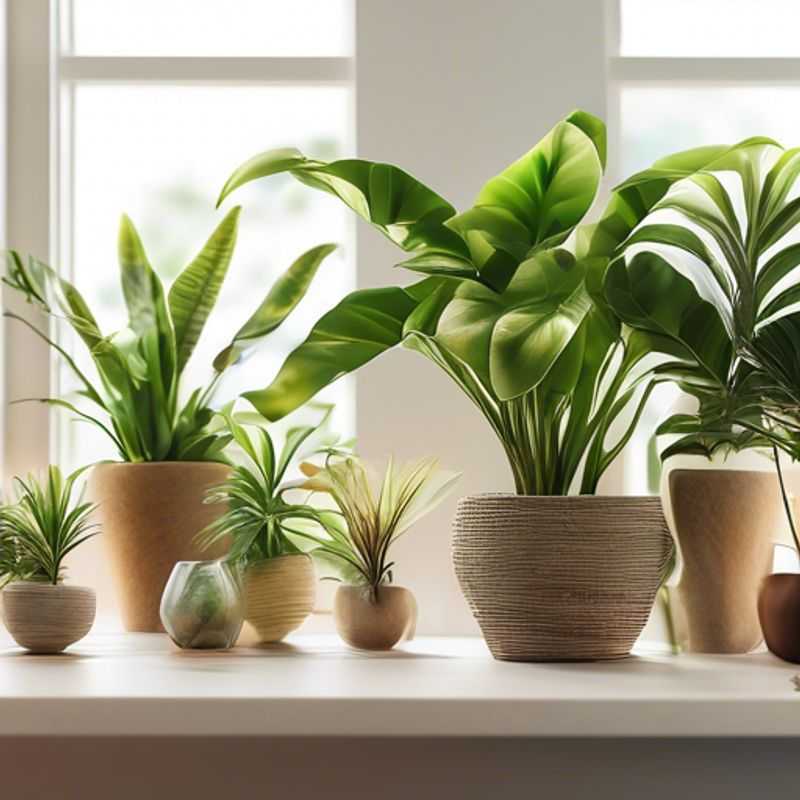
Dialing in the Perfect Climate: Researching Ideal Temperature & Humidity
Researching ideal temperature and humidity requirements is crucial for various fields, including manufacturing, storage, and even personal comfort. Understanding these requirements ensures product quality, safety, and efficiency.
To determine ideal temperature and humidity levels, you'll need to consider the specific needs of the product or process. Factors like material type, storage duration, and intended use all play a role.
For example, pharmaceuticals often require strict temperature and humidity controls to maintain their potency and stability. Electronics may be susceptible to moisture damage, necessitating low-humidity environments. And food products, depending on their type, may need to be stored in controlled temperature and humidity ranges to prevent spoilage.
The research process can involve:
1. Literature Review: Start by consulting scientific articles, industry standards, and product specifications. This will provide you with initial insights into the ideal temperature and humidity ranges for your specific product or process.
2. Experimentation: If you're working with a new product or process, conducting experiments in controlled environments can provide valuable data on the optimal temperature and humidity conditions. This may involve using environmental chambers or other specialized equipment to simulate various conditions.
3. Data Analysis: Analyze the data collected from experiments or literature review to identify trends and patterns. This will help you determine the ideal temperature and humidity range for your needs.
4. Consulting Experts: Consider consulting with specialists in relevant fields, such as environmental engineers, material scientists, or product developers. They can offer valuable insights and guidance on specific temperature and humidity requirements.
Remember that temperature and humidity are interconnected factors, and changes in one can impact the other. It's essential to research both aspects comprehensively to establish optimal conditions.
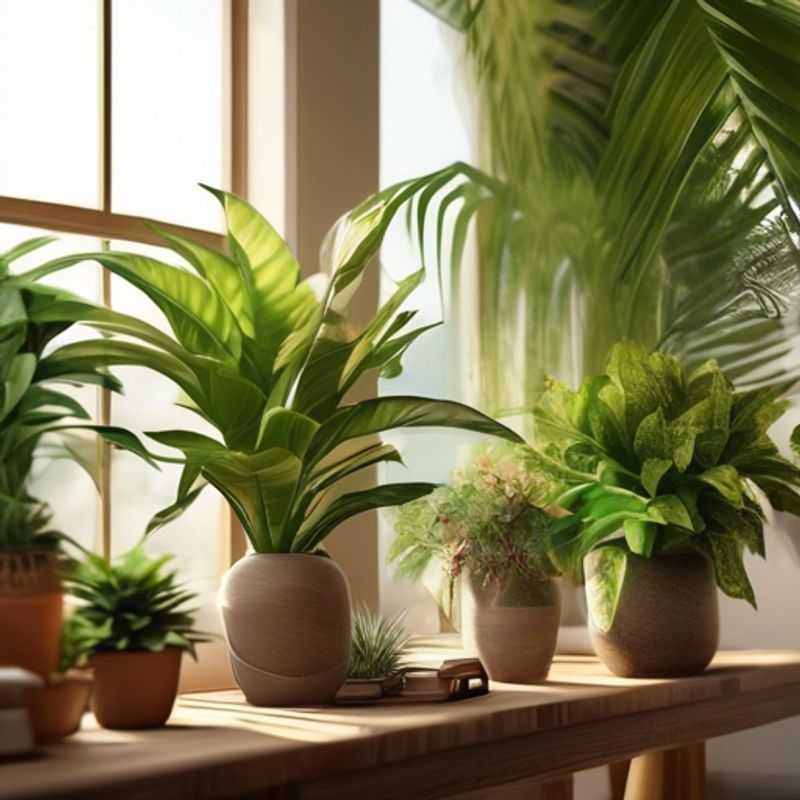
Green Thumbs Up: Identifying and Battling Common Houseplant Pests and Diseases
Understanding the common pests and diseases that affect house plants is crucial for maintaining their health and vitality. Some of the most prevalent pests include aphids, spider mites, and mealybugs. These invaders can cause significant damage by sucking sap from the plants, leading to wilting and yellowing leaves. Regular inspection is essential to catch these pests early.
In addition to pests, house plants are susceptible to various diseases such as root rot, often caused by overwatering, and powdery mildew, which thrives in high humidity. Proper watering and ensuring good air circulation can help prevent these issues.
When planning for pest and disease management, consider the costs of pesticides, fungicides, and plant treatments. Additionally, investing in tools for pruning and repotting can enhance your ability to manage plant health effectively.
For those who are serious about plant care, education through workshops or online courses may also be beneficial, although these may come with fees. Remember, a proactive approach is key to keeping your house plants thriving!
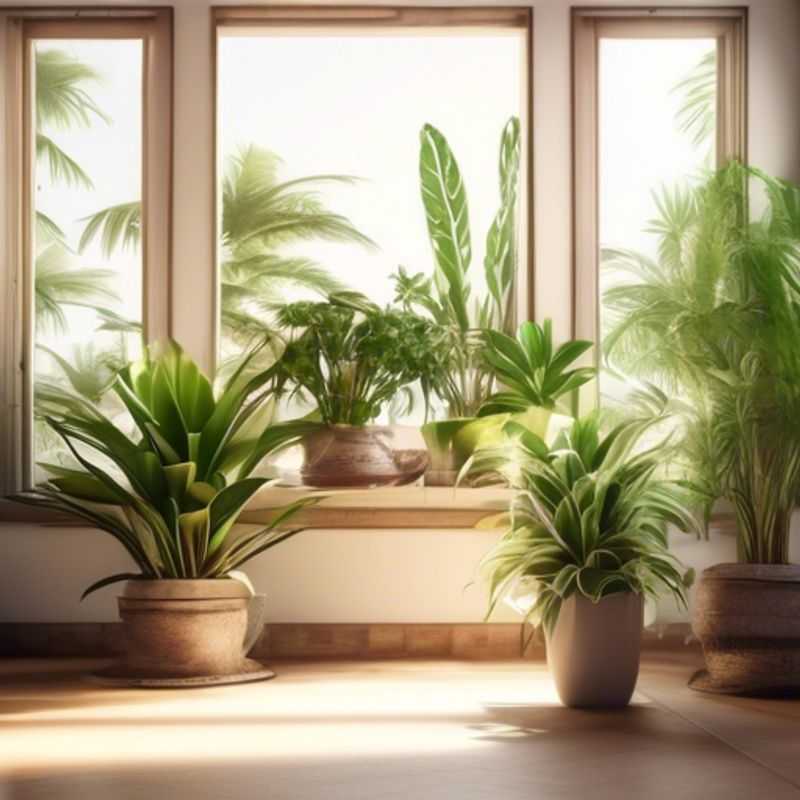
Low-Maintenance vs. High-Maintenance Plants: Which Is Right For You?
Choosing between low-maintenance and high-maintenance plants is a crucial decision that depends on your lifestyle and preferences. Low-maintenance plants are great for those who are busy or don't have much experience with gardening. They require less watering, fertilization, and pruning, making them ideal for busy individuals. Examples of low-maintenance plants include succulents, cacti, snake plants, and ZZ plants.
High-maintenance plants, on the other hand, demand more attention and care. They might need frequent watering, specific lighting conditions, and regular fertilization. High-maintenance plants often reward you with beautiful blooms, vibrant foliage, or unique fragrances. Examples include orchids, roses, hydrangeas, and begonias.
Before making a choice, consider your lifestyle. If you travel frequently or have a busy schedule, low-maintenance plants are a better option. If you enjoy gardening and have the time to nurture your plants, then high-maintenance options might be a good fit. Remember to research specific plant requirements and consider your available resources before making your decision.
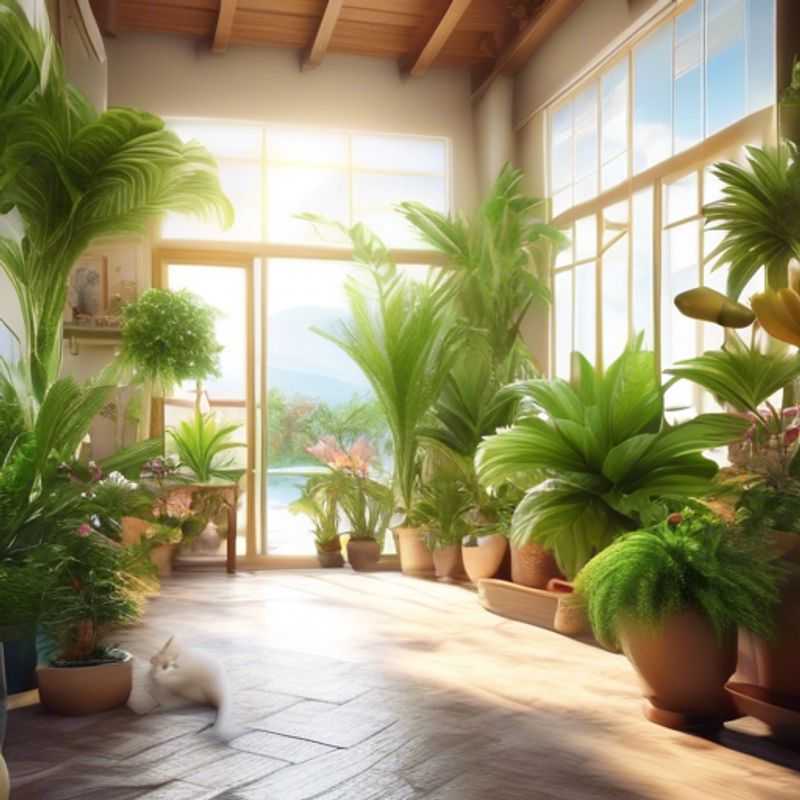
Ready, Set, Grow: Essential Tools and Supplies for Plant Care Success
Having the right tools and supplies makes plant care a breeze! Here are a few essentials you'll want to have on hand:
Watering Can: A good watering can with a long spout helps you reach the soil without disturbing your plants.
Gardening Gloves: Protect your hands from thorns, dirt, and pests.
Hand Trowel: Essential for planting, transplanting, and weeding.
Pruning Shears: Used for trimming dead or overgrown branches.
Potting Soil: A good potting mix provides essential nutrients for your plants.
Fertilizer: Provides extra nutrients to support healthy growth. Choose one specifically designed for your plant type.
Pest Control: Keep a safe and effective pest control product on hand to deal with common plant pests.
pH Meter: Optional, but helpful for measuring soil acidity and adjusting it to suit your plants' needs.
